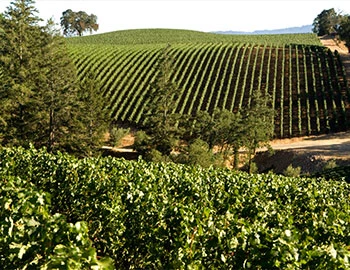
Maya 2019
AVA, Dalla Valle Vineyards, 750 ml

| Grape variety: | Cabernet Sauvignon, Cabernet Franc |
| Producer: | Diverse |
| Origin: | USA / California / Napa Valley |
| Other vintages: |
Attributes
| Origin: | USA / California / Napa Valley |
| Grape variety: | Cabernet Sauvignon, Cabernet Franc |
| Volume: | 14.5 % |
| Note: | Contains sulphites |
California
California: Lots of fruit and ripe tannins
Around 90 percent of the wine produced in the USA comes from California. The Napa Valley, situated roughly 100 kilometers north of San Francisco, is the most prominent wine region in the western hemisphere. California vintners first caused an international sensation with Chardonnay and Cabernet Sauvignon. Today, however, superior wines are also produced from Pinot Noir, Syrah and other varieties. California’s wine country shows more variety today than ever before.

USA
USA - Yes, they can!
The United States is the third-largest nation on the planet in terms of both land area (after Russia and Canada) and population (after China and India). Every conceivable climate zone can be found in the US, from hot deserts to arctic frost. Thanks to immigration from all over the world, the US is probably the most multicultural country on the planet. Thus it has the ideal conditions for producing internationally recognized wine.


